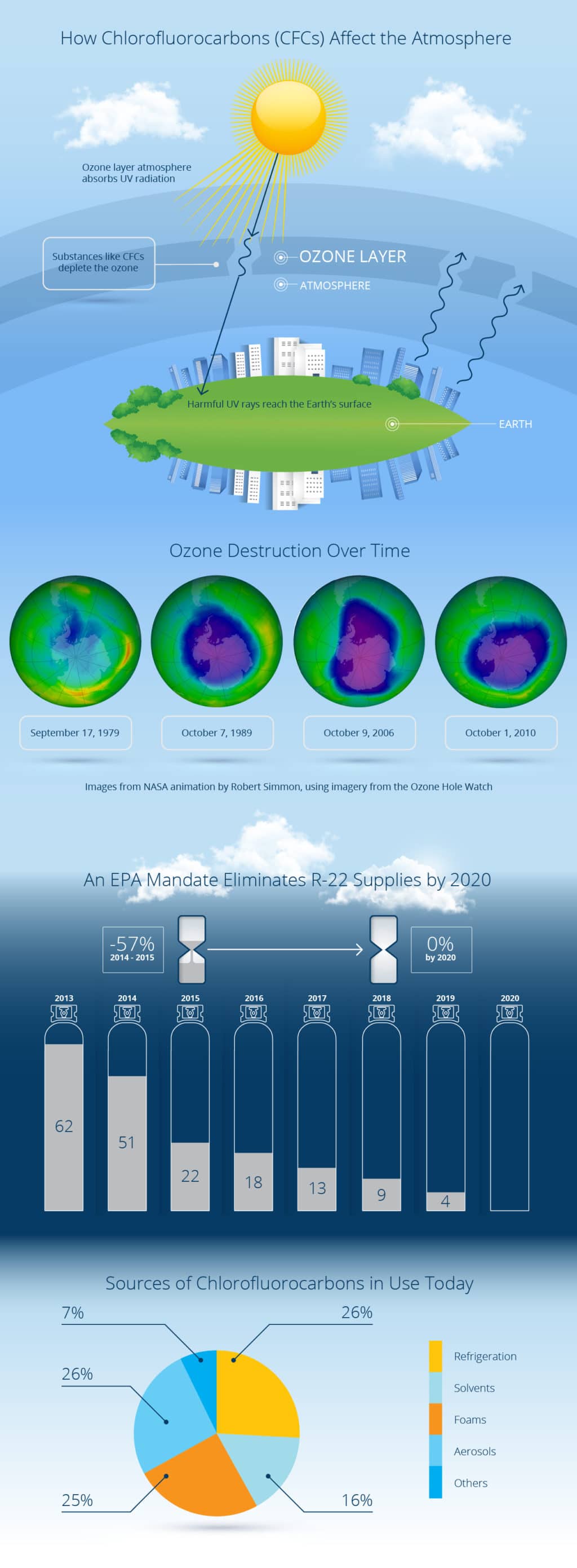The Ultimate Guide To Comprehending Heat Pumps - How Do They Work?
The Ultimate Guide To Comprehending Heat Pumps - How Do They Work?
Blog Article
Short Article Writer-Roy Dickson
The best heat pumps can save you substantial amounts of money on energy costs. They can likewise help reduce greenhouse gas exhausts, especially if you use power instead of fossil fuels like lp and heating oil or electric-resistance heating systems.
Heatpump work quite the same as air conditioning system do. This makes them a feasible choice to typical electric home furnace.
Exactly how They Work
Heat pumps cool down homes in the summertime and, with a little help from electricity or gas, they give some of your home's home heating in the wintertime. They're a great alternative for individuals who wish to reduce their use of fossil fuels however aren't prepared to change their existing furnace and a/c system.
They rely upon the physical fact that even in air that appears as well cold, there's still energy present: cozy air is constantly moving, and it intends to move right into cooler, lower-pressure atmospheres like your home.
Most ENERGY STAR licensed heatpump operate at close to their heating or cooling capability throughout a lot of the year, decreasing on/off cycling and saving energy. For https://drive.google.com/drive/folders/19XXQ0t_0JBiADp_GTgp5Tv6cKtoYqhtl?usp=drive_link , concentrate on systems with a high SEER and HSPF score.
The Compressor
The heart of the heat pump is the compressor, which is likewise referred to as an air compressor. This mechanical moving gadget utilizes potential power from power development to raise the stress of a gas by reducing its quantity. It is various from a pump because it only works with gases and can not deal with liquids, as pumps do.
Climatic air goes into the compressor through an inlet valve. It circumnavigates vane-mounted arms with self-adjusting size that split the inside of the compressor, developing multiple tooth cavities of varying size. The blades's spin forces these dental caries to move in and out of phase with each other, pressing the air.
The compressor attracts the low-temperature, high-pressure cooling agent vapor from the evaporator and presses it right into the hot, pressurized state of a gas. This procedure is repeated as required to supply heating or air conditioning as called for. The compressor additionally contains a desuperheater coil that reuses the waste heat and adds superheat to the refrigerant, altering it from its fluid to vapor state.
The Evaporator
The evaporator in heat pumps does the same point as it performs in refrigerators and ac unit, changing fluid cooling agent into a gaseous vapor that gets rid of warm from the area. https://ktar.com/story/4406242/to-seer-or-not-to-seer-wait-what-is-seer/ would certainly not function without this essential tool.
This part of the system lies inside your home or structure in an indoor air handler, which can be either a ducted or ductless device. It has an evaporator coil and the compressor that presses the low-pressure vapor from the evaporator to high pressure gas.
Heat pumps absorb ambient warmth from the air, and afterwards make use of electricity to move that warm to a home or service in home heating setting. That makes them a whole lot extra power reliable than electrical heating units or furnaces, and due to the fact that they're making use of clean power from the grid (and not shedding gas), they additionally generate much less emissions. That's why heatpump are such great environmental selections. (In addition to a significant reason why they're ending up being so prominent.).
The Thermostat.
Heat pumps are terrific options for homes in cool climates, and you can utilize them in combination with typical duct-based systems and even go ductless. They're a great alternative to fossil fuel heating systems or conventional electric furnaces, and they're extra lasting than oil, gas or nuclear HVAC devices.
Your thermostat is one of the most crucial component of your heat pump system, and it works extremely differently than a standard thermostat. All mechanical thermostats (all non-electronic ones) work by utilizing compounds that transform dimension with increasing temperature level, like curled bimetallic strips or the broadening wax in an auto radiator valve.
These strips consist of two different sorts of steel, and they're bolted with each other to develop a bridge that completes an electric circuit connected to your cooling and heating system. As the strip gets warmer, one side of the bridge broadens faster than the other, which triggers it to flex and indicate that the heater is needed. When the heatpump is in heating mode, the turning around valve reverses the flow of cooling agent, to make sure that the outside coil currently operates as an evaporator and the indoor cyndrical tube becomes a condenser.